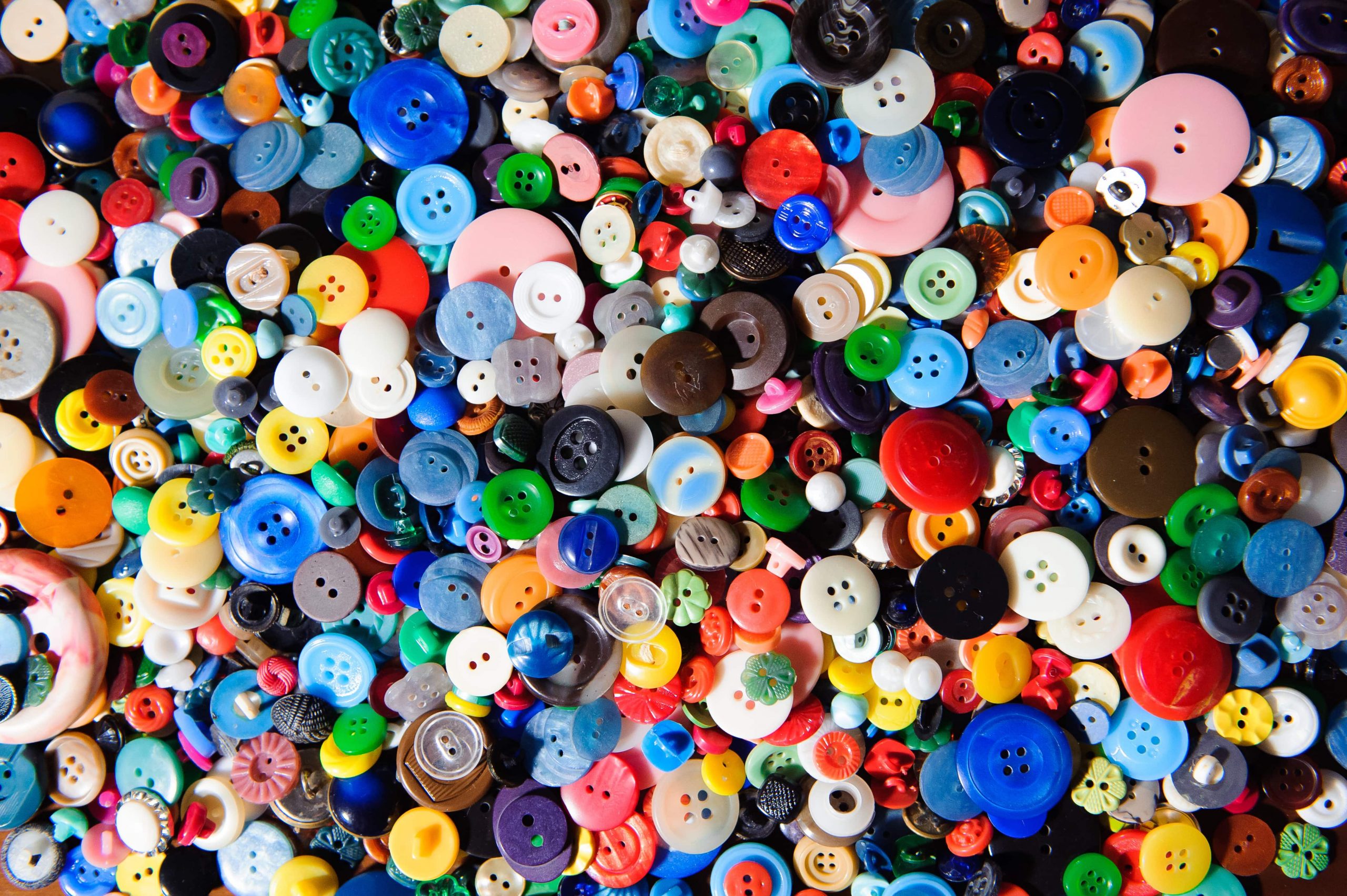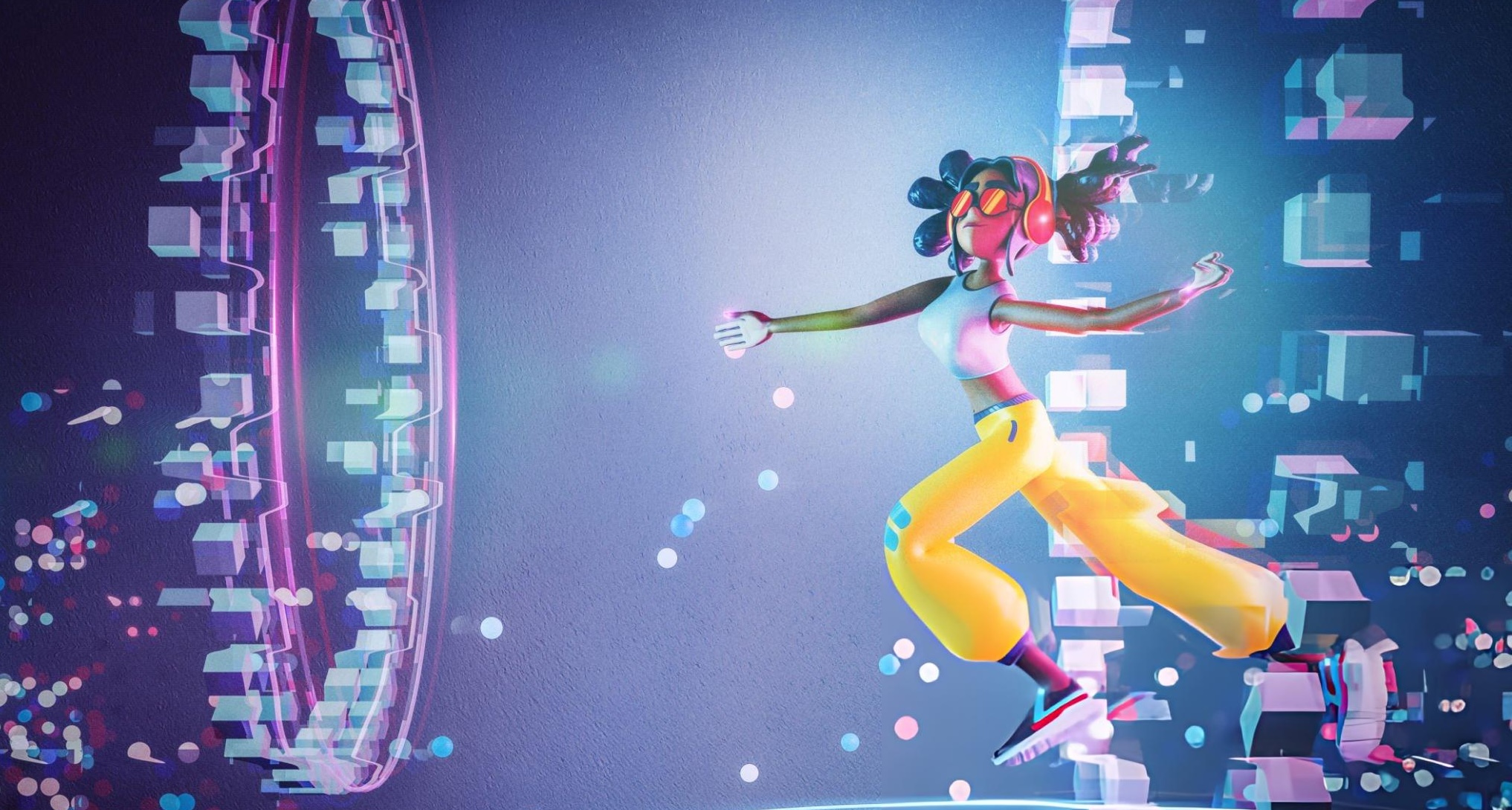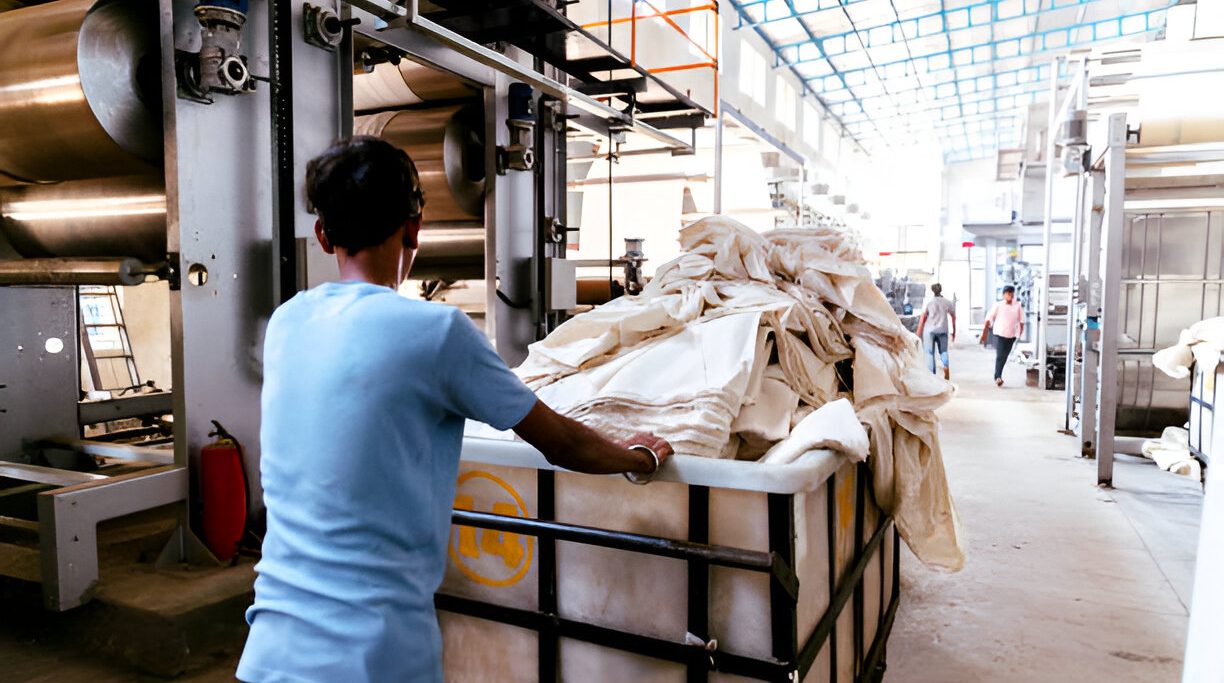When you pick a clothing item from your cupboard, more often than not you are sure to find an attachment that serves the same purpose but looks distinctly different in every piece of clothing. Yes, we are talking about the universal circle – the Buttons!
Buttons are small fasteners that are made of a variety of materials like metals, plastics, wood, shells and and are used to join two pieces of fabrics together. As decorative as functional, they come in a variety of shades, sizes and shapes often with personalised handwork or craftsmanship. Although meant for fabrics, they are also used in wallets, bags and containers to serve the same purpose.
Buttons are used as fasteners by sliding them through a hole in the fabric, a buttonhole or even a loop made of the fabric or thread. Having been an essential part of our lives, these accessories have a very interesting history attached to them. Archeologists have discovered button-like materials that were used in seals and ornaments from several centuries back where they were made of natural materials like shells and bamboes to be used for ornamental purposes.
In some cultures, buttons were also used as an artifact or a status symbol that was exchanged in return for greetings or for goods. Leather buttons were used in early medieval footwear and as means to close cuffs of the royal garments until much later down the lane their more functional purpose began to be exposed to the world. So what exactly are these multifunctional buttons made of?
Natural Materials
Most of the buttons used by brands that believe in producing eco-conscious clothing and sustainable wear are made of natural materials like shell, leather, wood or even bamboo and coconut.
These beautiful and strange forms of accessories offered by natural materials are used to give a royal vibe to any piece of clothing. With more brands and consumers considering it important to take care of the environment, a shift towards more ecological materials that contribute to the care of the planet can be observed.
These natural buttons are often more expensive due to their superior quality and unique effect. Luckily for their original beauty, they do not need any colouring process or any finishes. The rawer the material, the higher the value. Their undeniable distinction gives a personal touch to all the clothing which often makes them more decorative than functional.
Metal Materials
Metals Buttons are often crafted by artisans individually through raw materials or using machinery or a combination of both. Supporting both the small cottage industry and the mass- production factories, metal buttons are one of the most manufactured and used types of buttons.
They are often constructed using Copper, Aluminium, Zinc, Iron or even Stainless Steel. They have a versatile use as they can be made using a variety of molds and designs with endless customisation and practically no limitaitons. These buttons have a longer durability as a result of being made from original metals or a combination of alloys with a coating that make them resistant to harsh weather conditions and rough use. They are often used on jeans and leather garments.
Plastic Buttons
These are the cheapest most widely used buttons that look like small plastic discs with four holes made of Polyamide or Polyacrylonitrile. They are also made with different plastic resins that can imitate natural materials but with better tolerance.
Similar to the metal buttons, buttons made of plastics like Nylon, Polyester, Epoxy, NBS and Acrylic are characterised by durability and their ease of bulk production. They can often be noticed in shirts, ethnic wear and other commonly available, moderately priced clothing.
Other Buttons
Apart from the above mentioned materials, buttons can also be made of several other materials like glass, beads and ceramic. There are also fabric buttons that are made of cloth or yarn. These are relatively easy to make and can also be used at home for decorative purposes or for functional purposes. They are often used in dresses and blouses to make buttons to match the same fabric as the dress.
There are also a separate categories of buttons that differ in functionality. Press studs or snap buttons found in kids garments and bibs can be fastened together by a mere press without going through the complication of a button hole.
The art of textile manufacturing is a vast field that consists of a wide array of production lines and stages. The manufacturing of a textile goes beyond just its conversion from fabric to finished item, to other lines like embroidery, dyeing, label making, production and additions of buttons and hooks and so on and so forth.
Cotton Monk has been popular for its end to end textile manufacturing and with Multi-Function pearl attaching machines, we have the capacity to enhance the designs on clothes with this little universal circle. We find immense joy in customising our products to meet the brand’s communication and have thus been able to build our clientele trust through trust, quality and years of experience.
These small accessories have been extremely vital to our daily wear and have been successful in adding function and an oomph factor to our clothing. As they have gone on to prove that size truly doesn’t matter, let us remember to value these little gems some more and appreciate the immense value they add to our clothing!



